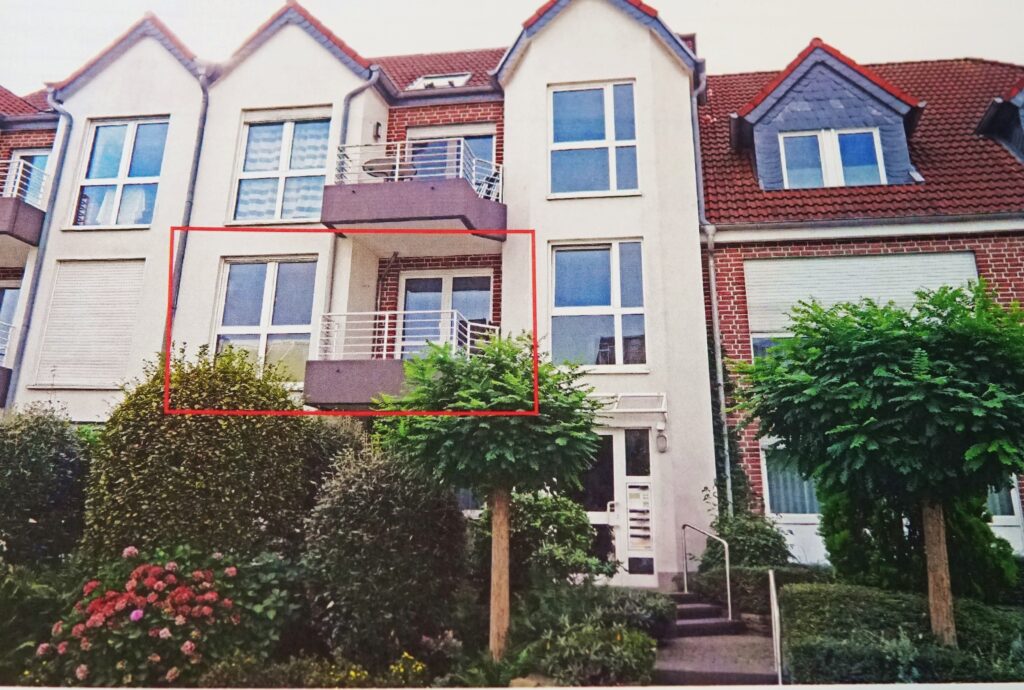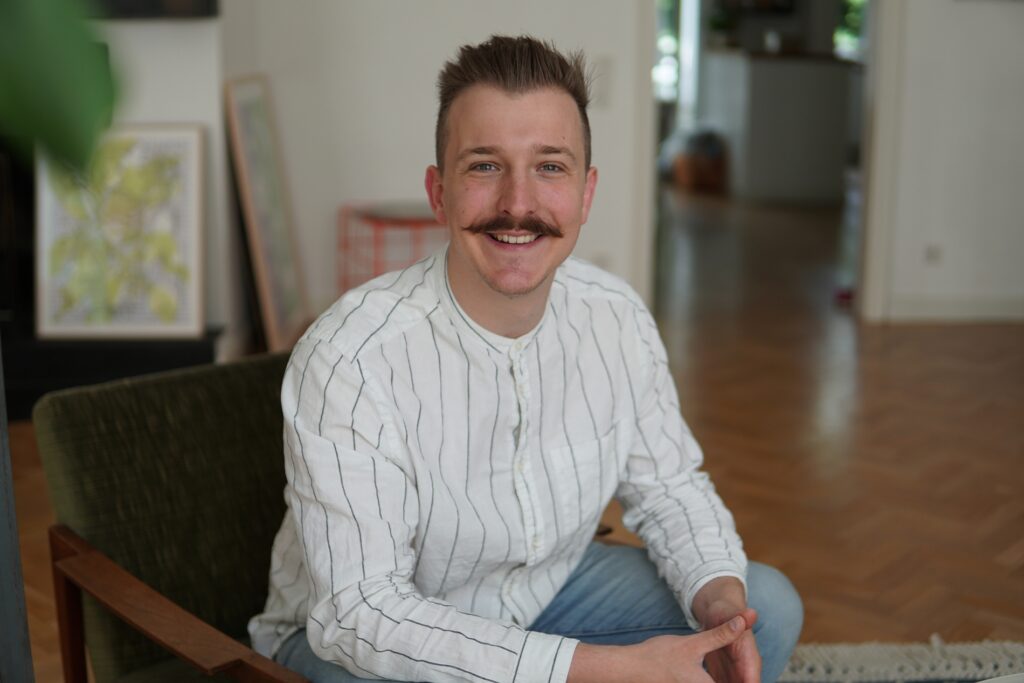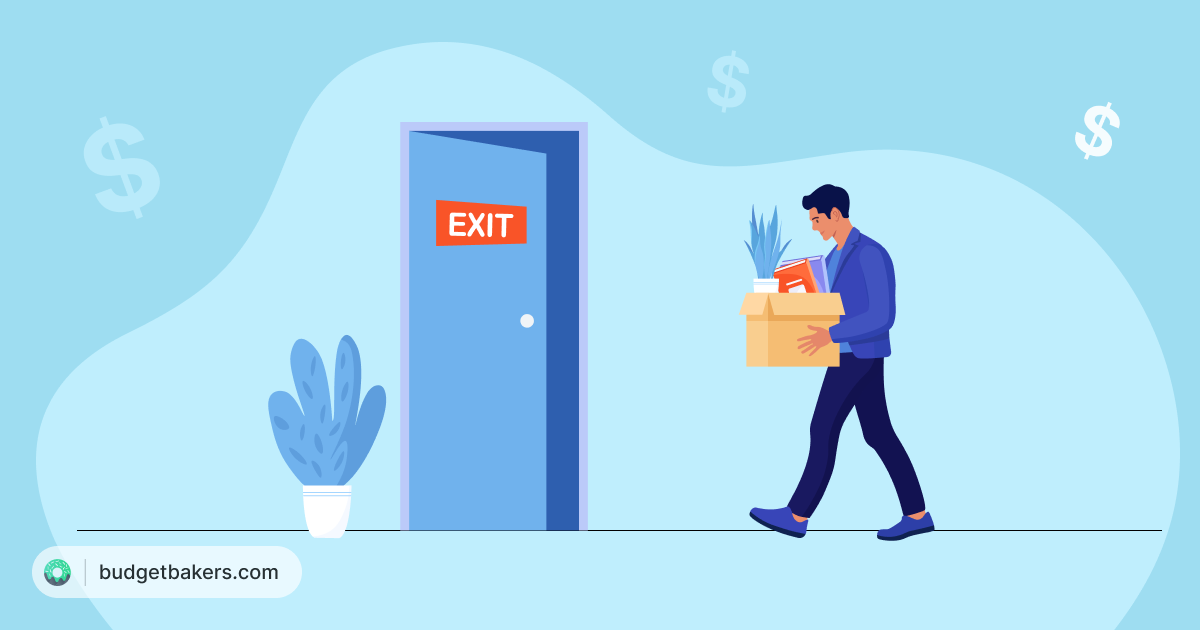Good preparation, speed and a dose of luck. These are the three factors that financial expert Ricardo Tunnissen believes are critical to successfully buying and renting out an apartment.
In his guest post for BudgetBakers, he shares how he became a first-time home buyer in Germany and how much money he makes renting out his apartment.
Are you considering buying a property in order to rent it out? Then take a look at this example from Germany and learn how to prepare yourself, how much money you can expect to make and what risks the project might entail.
Good preparation
In 2017, Ricardo bought his first apartment as an investment and has been renting it out ever since.
During his time as a private construction financier and corporate customer consultant in 2017, he oversaw many of his clients’ financings and enjoyed the opportunity to learn from experienced investors. It fascinated him to see what they paid attention to when buying their properties. At some point, he developed the desire to sit on the “other side” of the table and become active as an investor himself.
To prepare, he purchased two books by longtime real estate investors that he can still recommend today, five years later. One of the books is by Alexander Goldwein titled “Earning Money with Residential Real Estate.” The second book is by Thomas Knedel – “Success with Residential Real Estate – How to Become a Private Real Estate Investor in 6 Months”.
Speed
After acquiring enough knowledge through his job and self-study, Ricardo set out to find the right property. He says: “As soon as a property for sale appears on the Internet, a large number of people demand it. This was the case in 2017 and is even more so in 2022 due to high real estate prices and housing shortages. Provided it is an attractive property, it sells very quickly.”
He goes on that in the usual real estate portals, where he looked for properties on the weekend, he could find properties that had already been offered to the public a few days ago. Provided it is an interesting investment, he often found himself at the back of the waiting list. Too much time had already passed since the property was opened to the public.
So if you want to be successful in this highly competitive market, you have to be fast. Our guest author knew that in 2017. That’s why he placed a search order with local real estate agents and with the usual real estate portals.
With a search order, you specify the type of property you are interested in. This involves specifying criteria such as the maximum purchase price, the equipment or the location. If there is a suitable object for sale, you are automatically informed by the real estate agents and portals. This gives you the chance to visit the property early – sometimes even before it is published – and make an offer.
That’s exactly how Ricardo got his first apartment. At the beginning of 2017, a well-known real estate agent informed him that a small apartment had come on the market and that he could take a look at it if he was interested.

Luck
The place is a 37m² (398 ft2) small apartment at a purchase price of € 49,000 ($49,812). What was already a good offer at the time is now an almost utopian price. To put the price in perspective, it’s important to note that the apartment is located in a small town on the Lower Rhine in Germany and not in German A-locations such as Hamburg, Munich or Berlin. The apartment is currently rented at a cold rent of €280 ($284) per month. This equates to €3,360 ($3,416) per year and a yield of 6.85%.
Rough calculation
Let’s stay with the numbers for a moment. More precisely, the income and expenses that Ricardo generates with his apartment.
Monthly Income:
+ 280,00 € cold rent
+ 130,00 € operating costs prepayment
= 440,00 € total rent
Monthly Expenses:
– 215,00 € house charges
– 77,00 € interest costs
– 120,00 € repayment
= 412,00 € total expenses
This results in a calculated surplus of 28€ per month.
Our guest author decided to buy this property because the capital gain due to the monthly repayment (+120€) is positive. It even provides a certain buffer that would justify a negative cash flow in case of an emergency – provided that the formation of additional, private reserves is above 28€ per month.
Beginner‘s Mistakes
Naturally, things don’t always go according to plan. Ricardo made a number of mistakes, especially at the beginning. For example, he underestimated the amount of reserves for repairs in the house. In 2018, there was major water damage in the building. The cost of repairs far exceeded his available reserves. Therefore, he had to levy a special charge. In total, he had to raise an additional 2,200 € to be able to carry out the repairs.
He learned that it’s important to always have enough spare cash. This is the only way to cover unforeseen costs. In addition, it’s incredibly important to check the apartment and the entire house with regard to any pending repairs when buying. Even if an investment is worthwhile on paper at first glance, additional, unforeseen costs can make the investment unattractive.
Fortunately, this wasn’t the case, because the purchase price was so appealing that he was able to get over the additional 2,200 €.
The Risks of Real Estate Investments
– Boom in the real estate market ends / decrease in value
– Non-paying tenants or rent nomads
– Interest rate risks in financing
– Undetected defects + poor substance
– Expensive repairs or high special charges
– Lack of rent payments due to vacancy
– Incorrect calculation + insufficient know-how
The location
The location of a property is crucial in determining whether you can rent it out easily and what income you can generate. Apartments in central locations are particularly attractive because there are plenty of jobs and a wide range of leisure activities in the immediate vicinity. Apartments in rural areas tend to be less in demand, but can still be very attractive for investors because the purchase prices for such apartments are significantly lower.
Macro Analysis of the Location
Use the following criteria to evaluate a location:
– Global and regional development trends
– Employment and unemployment figures
– Population structure (number of households with children, etc.)
– Development of the population in terms of age structure
– Indicators of wealth and poverty (purchasing power, etc.)
– Price levels of properties for sale and rent (incl. trends)
– Vacancy rate and marketing period of real estate
– Infrastructure and location quality (see microanalysis)
Microanalysis of the location (the direct environment of the property)
– Connection to public transportation/highways
– Parking facilities (free/chargeable)
– Leisure facilities (parks, galleries, restaurants, etc.)
– Noise pollution (aircraft noise, traffic noise, etc.)
– Odor nuisances (sewage treatment plants, waste incineration, etc.)
– Reputation of the location / neighborhood
– Distance to schools, kindergartens, hospitals, etc.
– Environmental factors (risk of flooding, air pollution)
About the Author

Ricardo Tunnissen has a background in banking and worked in private construction financing and corporate customer consulting at a regional bank in the western German city of Wuppertal. Today he’s self-employed and runs a financial blog where he writes about his experiences with real estate investing.


